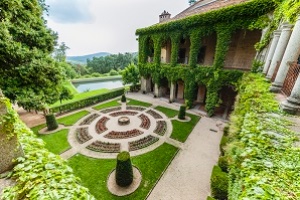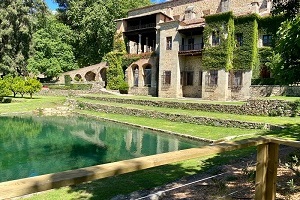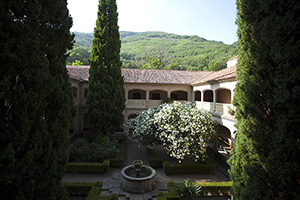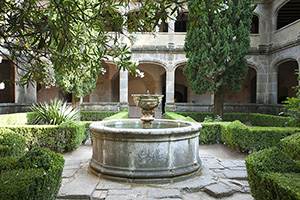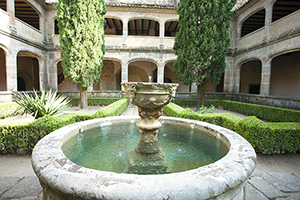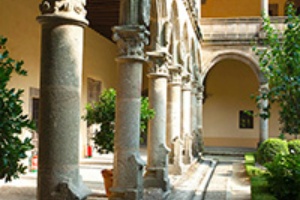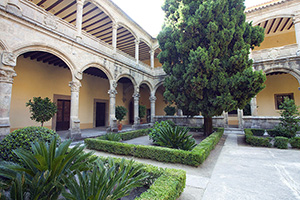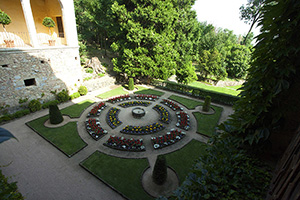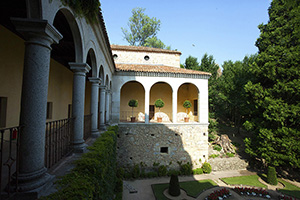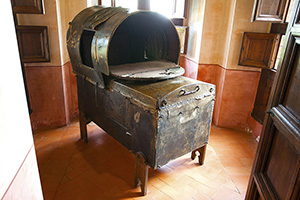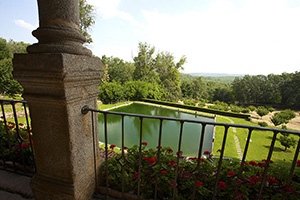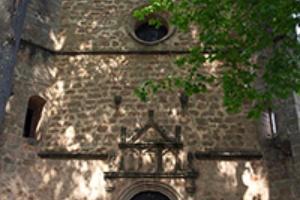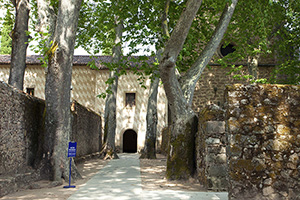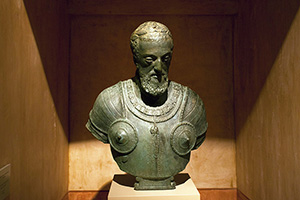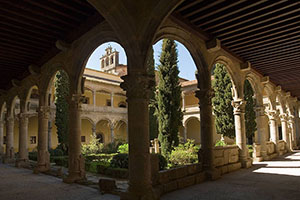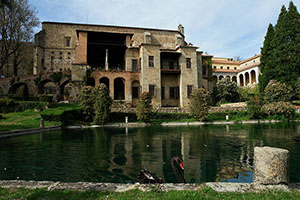To the service of God and royalty
Royal Monastery of Yuste
The fact that Emperor Charles V wanted to live out his final days in this Monastery, has made it famous beyond Spain's borders.
- Explore
- Monasterio de Yuste
To the service of God and royalty
The Retirement of Charles V
Location and Contact:
- Tel.:+34 927 17 21 97
- Website address: www.patrimonionacional.es
- Opening times
WINTER (October to March)
From Tuesday to Sunday, 10am-6pm. Mondays closed.SUMMER (April to September)
From Tuesday to Sunday, 10am-8pm. Mondays closed.
- Fee
Standard entry fee: €7.
Reduced entry fee: €4.Opening time, fees and tickets for visits: link
-
The fact that Emperor Charles V wanted to live out his final days in this Monastery, has made it famous beyond Spain's borders.
Emperor Charles V expressly wished to live out his final days in a monastery, and he chose Yuste. Consequently, the Monastery of Yuste became known all over Spain due to being his place of retirement, and also because of its artistic wealth and its location in a privileged area of the La Vera region. The Monastery stands two kilometres from Cuacos de Yuste, in a peaceful landscape, surrounded by trees and small streams.
This monastery goes back to the fifteenth century, when a group of villagers from La Vera decided to build a monastery to provide shelter for the hermits, and, subsequently, for the monks of the Order of Saint Jerome. This small construction ended up becoming the royal set of buildings which we see today. When the Emperor arrived, his special buildings were built: a simple mansion, without much in the way of decoration. A curious fact: the King's bedroom was next to the church choir, so he could attend ceremonies from his own chambers. This would be a relief for his Majesty, as he suffered from gout.
As you will see, the monastery per se is divided into the church and two cloisters, without including the King's mansion. The church is a late Gothic building, with a single nave terminating a polygonal apse. It leads into the Gothic cloister, with austerity being the dominant note. The new cloister is in a Renaissance style, and is broader than the previous one. It has more in the way of ornamentation, with scrolls and garlands on its columns.
Charles V arrived in Yuste on 3 February, 1557. The Route of the Emperor Charles V, which has been declared a Fiesta of Tourist Interest in Extremadura, commemorates the final journey made by Charles V from the Palace of the Counts of Oropesa, in Jarandilla de la Vera, to the monastery. It takes place each year in February.
The Royal Monastery of Yuste forms part of Spain's National Heritage and is the headquarters of the European Yuste Academic Foundation, which has the mission of fostering the spirit of union in Europe.
-
- Origin:
-
- 15th century
- Construction:
-
- Monastery
- Period in history:
-
- 15th century
- 16th century
- Official name :
-
- National heritage
Accessibility:
- Disabled access
- Accessible car park
- Accessible facilities and common areas
- Access ramps
Services:
- Shop
- Guided Tours
Gallery:
More suggestions
-
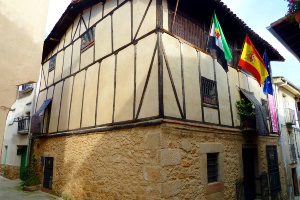
Museum Foundation Pecharromán
The aim of the collections in this museum is to create a guiding thread so as to achieve an in-depth understanding of the artistic works of Ricardo Pecharromán y Morales
-

Cherry Museum
-

History and Art Museum of the Monastery of Yuste
The Monastery of Yuste was built in the 15th century, has been declared a National and European Heritage Site and houses a history museum.
-

Jarramplas de Piornal Museum
Piornal has dedicated this museum to its most important festival: El Jarramplas, declared of National Tourist Interest and held every year from 19th-20th January.
-

History of Computing Museum
Museum dedicated to the History of Computing. Your computers are operational and can be used.
-

Navaconcejo Bullring
The Navaconcejo bullring was inaugurated in 1995 as a response to the bullfighting tradition of this municipality in Cáceres.
-
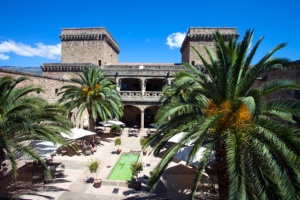
Castle-palace of the Counts of Oropesa
This 15th-century fortress retains the original Gothic beauty contemplated by Charles V during his stay in Jarandilla de la Vera.
-
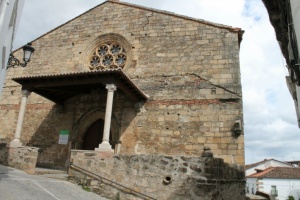
Church of Santa María
It is one of the oldest and most beautiful churches in La Vera, and is well worth a visit.
-
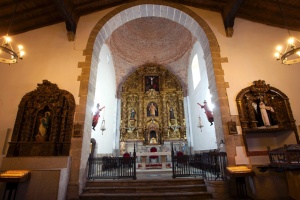
Parish Church of San Lorenzo
16th century Baroque architectural monument, noteworthy for its high tower and its Baroque organ.
-
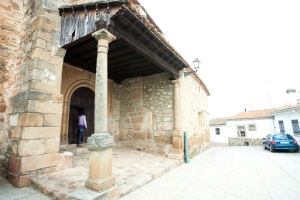
Parish Church of San Miguel
An impressive architectural monument which is home to artistic jewels such as altarpieces and oil paintings.


